Last updated on October 17, 2023
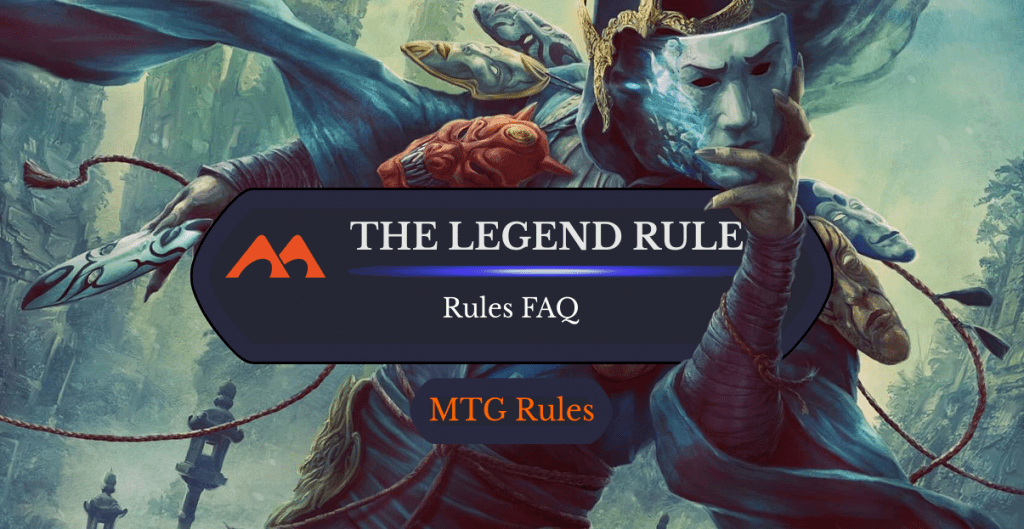
Sakashima of a Thousand Faces | Illustration by Jason A. Engle
Additional writing assistance by Ilija
Let’s be honest, the legend rule has always been one of the more confusing rules in Magic. Those of you who have played the game for a while know that this rule hasn’t always been the way it is now.
Back in the day, the best way to get rid of your opponent’s copy of Jace, the Mind Sculptor was to play Jace Beleren. Or your own copy of the Mind Sculptor. Wait, what?
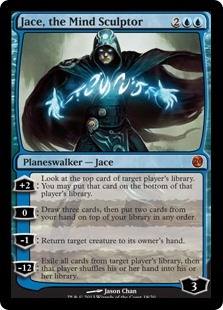
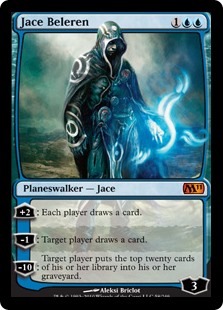
Like I said, the legend rule is pretty confusing. Hopefully you’ll have a better idea of how it works once we’re done here today. So, the legend rule; let’s talk about that.

How Does the Legendary Rule Work?
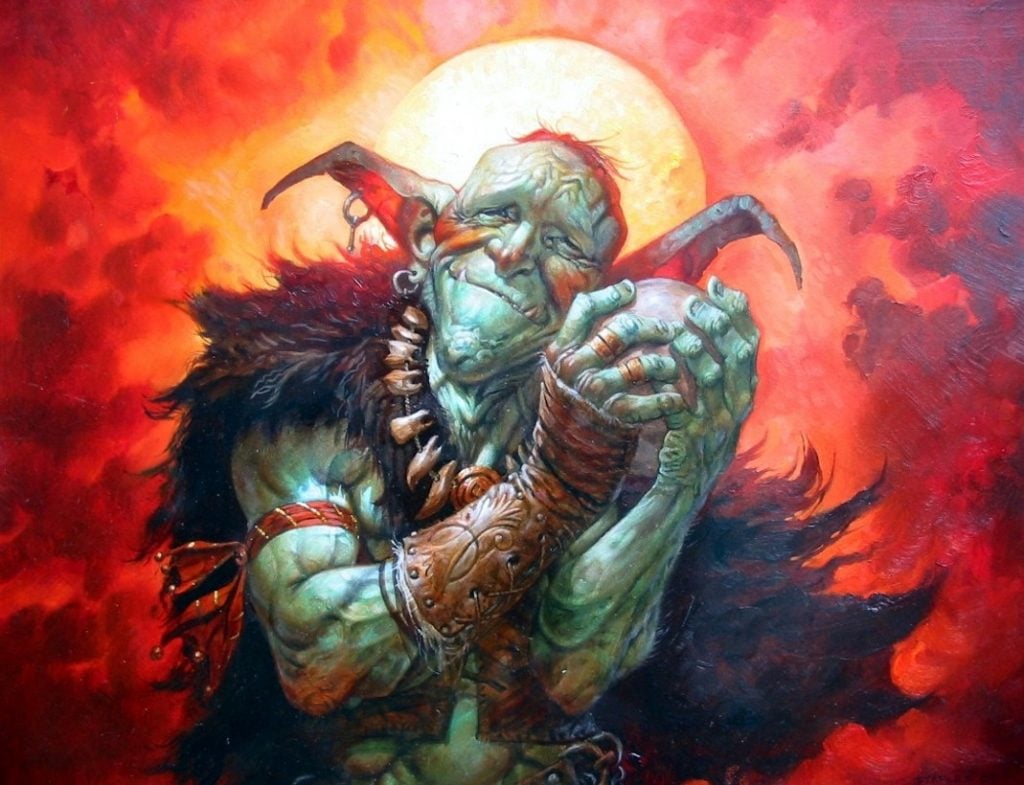
Squee, Goblin Nabob | Illustration by Greg Staples
Basically you can't control more than one legendary permanent with the same name. If you do, you have to choose one and put the other into your graveyard.
This is called the “legend rule.” Now, if you want to get all nitpicky and talk about state-based actions, be my guest, but what really matters is that you aren’t allowed to control more than one legendary permanent with the same name.
Examples of the Legend Rule
Let’s look at some examples. This board state is legal:

Multiple players are each allowed one copy of the same legendary permanent. That means that this board state is legal, too:

But this one isn’t:
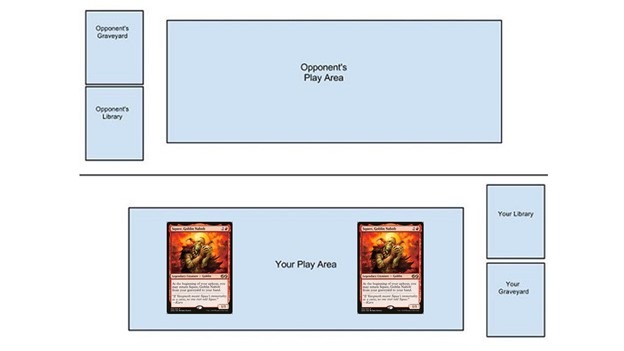
Of course, this won’t actually stop you from casting a copy of Squee, Goblin Nabob if you already control one. Why anyone would want to do that is beyond me. But hey, as long as one of those copies ends up in the graveyard when all is said and done, that’s fine by me.
How Many Legendary Creatures Can You Have in a Deck?
There is no restriction on the number of legendary creatures you can have in a deck.
In constructed formats like Standard, Modern, Legacy, and Vintage, you can still have only four of a particular card in your deck. In Commander, you can only have one copy of any card except basic lands.
The total number of legendary creatures in a deck is not restricted.
While you can have four of any legendary in your deck, don't forget that if you already have a legendary card of the same name out, you will have to choose one to sacrifice. So if you have another copy in your hand, you effectively have a dead card that probably should not be played while the other is out.
Having four of a specific legendary card in your deck increases your chances of drawing dead cards. Most people run three or even two of certain legendary cards in their decks.
History and Changes to the Legend Rule
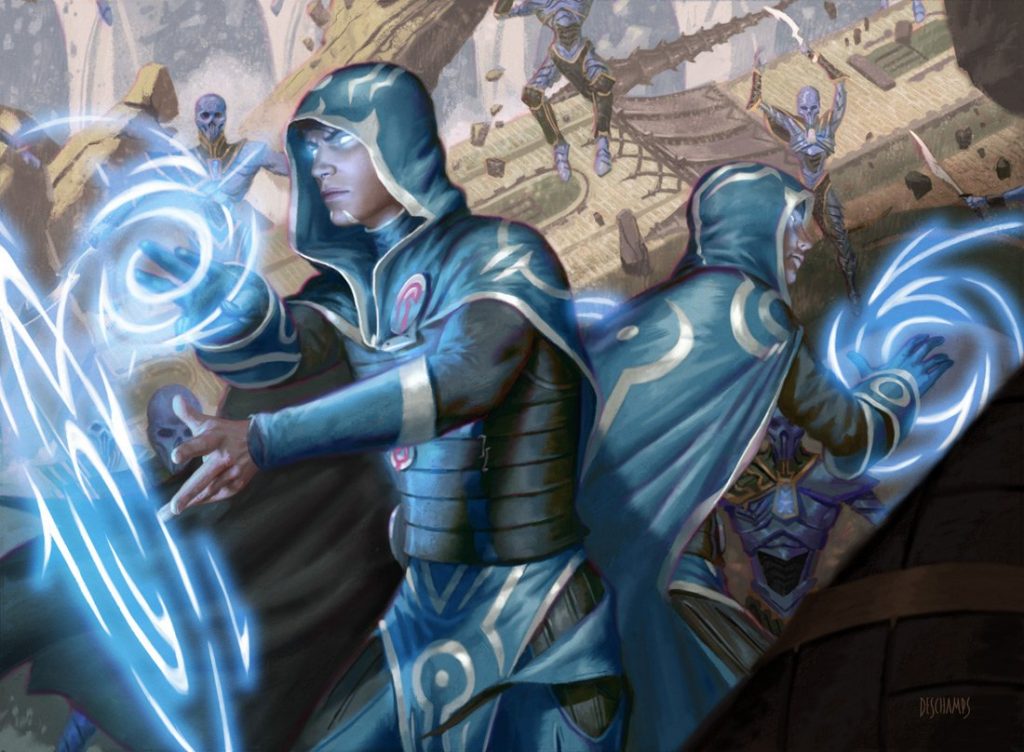
Spark Double | Illustration by Eric Deschamps
Remember when I said that you could cast your own copy of Jace, the Mind Sculptor to remove your opponent’s copy of it? Yeah, those were the days. The legend rule used to be wild and unpredictable, but the changes Wizards made were probably for the better.
The First Rule: 1994 to 2004
Legendary cards first appeared in Legends. “Legends” were originally a creature type, just like merfolk and elves are creature types. That all changed when Champions of Kamigawa was released in October 2004, where “legends” went from being a creature type to a supertype.
In case you aren’t aware, a supertype is sort of like a prefix to a word. An Island is a land, but its supertype is “basic.” That makes it a basic land. Snow-Covered Islands are basic snow lands. They have the supertypes “basic” and “snow.” Cards can have multiple supertypes, but not all cards have one.
In its earliest form, the legend rule only allowed one copy of a legendary card to be in play at a time. If you cast Squee, Goblin Nabob and your opponent already controlled a copy of Squee, your card would go directly to the graveyard. Your copy would essentially be stranded in your hand in this situation. As you can imagine, this rule became quite frustrating for players to deal with.
The Second Rule: 2004 to 2013
The second iteration of the legend rule, introduced alongside the release of Champions of Kamigawa, required all copies of a legendary card to be moved to the graveyard should more than one copy appear in play.
Now, if you cast Squee, Goblin Nabob in the previously mentioned scenario, both your and your opponent’s copy would leave the battlefield. This allowed legendary creatures to be used as removal spells under certain conditions.
Imagine this: you’re a legendary creature leading an epic battle, and you come face-to-face with a clone of yourself. Instead of fighting it out like warriors, you both vanish into thin air. Although the rule change worked in theory, thematically speaking it was a mess.
The Third (and Final) Rule: 2013 to Now
That’s how it was until the release of Core Set 2014. The legend rule was updated to what we know it as today. For creatures, that is. Planeswalkers are a whole other story.
How Does the Legend Rule Affect Planeswalkers?
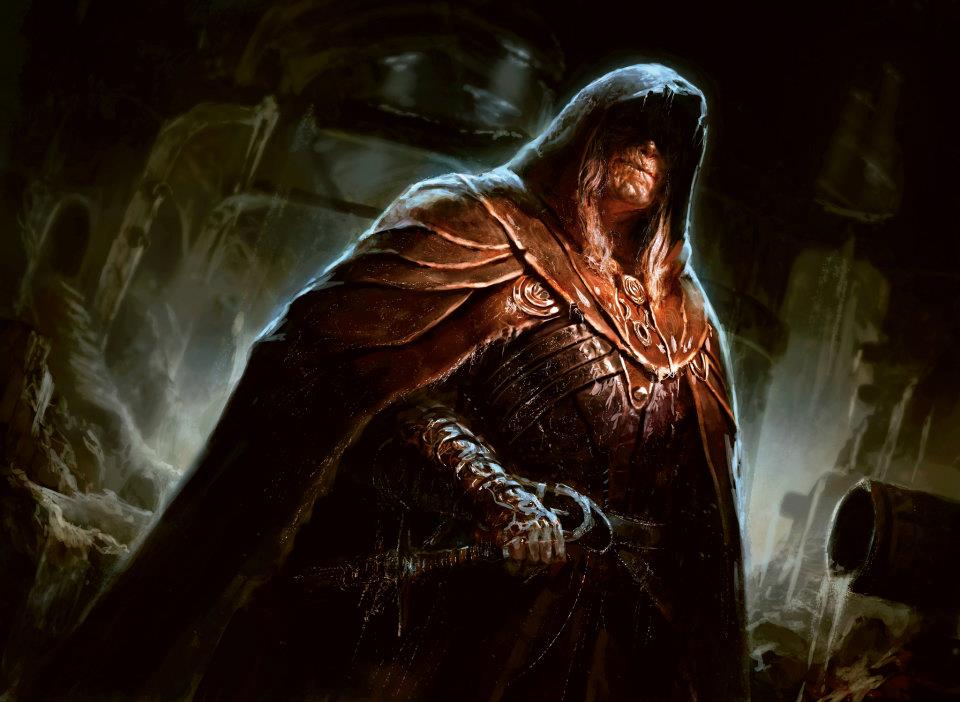
Lazav, Dimir Mastermind | Illustration by David Rapoza
The legend rule now applies normally to planeswalkers, just like any other legendary permanent.
Before Ixalan’s release in 2017, planeswalkers didn’t have the legendary supertype attached to them. They were subject to their own set of rules instead, the “planeswalker uniqueness rule.” Instead of preventing two legendary cards with the same name from appearing on the battlefield at the same time, this rule prevented two planeswalkers sharing the same subtype from appearing at the same time.
For example, both Jace Beleren and Jace, the Mind Sculptor have “Jace” as their subtype. Under these rules, the former could be used as a removal spell for the latter. As changes to the legend rule were made over time, the planeswalker uniqueness rule was also changed.
When Ixalan was released, the planeswalker uniqueness rule was removed and all planeswalkers were subject to the legend rule. Planeswalkers currently have the “legendary” supertype attached to them, regardless of when they were released. There are no non-legendary planeswalkers in existence, unless you count the token planeswalkers created by Jace, Cunning Castaway’s ultimate ability.
Can Two Players Have the Same Planeswalker in Play?
Yes, two players can have the same planeswalker in play! Starting with the abolishing of the second iteration of the planeswalker uniqueness rule, both players can have the same planeswalker in play.
Does the Legend Rule Apply to Tokens?

Jace, the Mind Sculptor | Illustration by Jason Chan
Yes, the legend rule applies to tokens. When on the battlefield, tokens are subject to the same rules as all other permanents, including the legend rule. What matters isn’t whether two legendary cards are identical, but whether they have the same name.
Can You Copy a Legendary Creature? What Happens?
Yes, you can copy a legendary creature. But copies of permanents are also subject to the legend rule. If you copy your opponent’s creature, everything’s fine. If you copy your own, you’ll be forced to send all but one of them to the graveyard.
This can sometimes be a bummer in Commander, but there are still ways to get around this. Remember that in order for the legend rule to apply, both permanents you control have to be legendary and have the same name. This means that cards like Spark Double allow you to keep both of your permanents.
What Does It Mean When a Card Says the Legend Rule Doesn’t Apply?
The answer to this is quite simple: cards that say the legend rule doesn’t apply allow you to have more than one legendary permanent with the same name in play at once. This effect is very rare and can be quite powerful. Legendary permanents are balanced with the legend rule preventing multiple copies from existing simultaneously. At least not without the right equipment.
What Cards Shut Off the Legend Rule?
The ability to completely shut down the legend rule is extremely rare. So much so that it appears on only two cards:
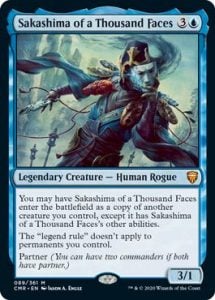

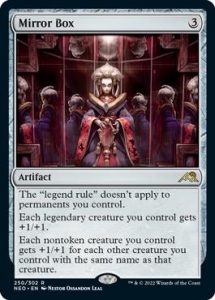
As you can see, the Gallery is a 5-mana artifact, which makes it pretty much unplayable outside of casual formats and niche combos.
Sakashima, on the other hand, has spawned a variety of different competitive and casual Commander decks thanks to its powerful ability. Not only does it effectively let you have two copies of a chosen partner commander, you can also copy legendary permanents with impudence.
The most recent addition to this ultra-niche category is Mirror Box from Kamigawa: Neon Dynasty. It's essentially just Mirror Gallery on steroids, only effecting your permanents and giving you some nice additional buffs.
There’s one more card that shuts off the legend rule, but it does this in pretty specific circumstances. Brothers Yamazaki lets you circumvent the rule with one extra copy of the chosen legendary.
There are also two indirect ways to bypass the legend rule: creating a copy of a legendary creature under a different name (Lazav, Dimir Mastermind) and creating a copy of a legendary creature that isn’t legendary (Helm of the Host). These don’t override the legend rule, but rather circumvent it altogether.
Can You Respond to the Legend Rule?
No — the legend rule is what’s known as a “state-based action.” This means that there’s no way to respond to it, even with spells that have split second or the like. This might seem like a bummer at first, but it neuters some potentially oppressive interactions and opens up some fun combos.
For example, let's say you’ve got Sharuum the Hegemon and you play another one. You choose the one currently in play to go to the graveyard, with the second Sharuum’s trigger being put on the stack after the first has gone to the graveyard. This gives you enter the battlefield and death triggers, from which there are a myriad of ways to win the game.
Does the Legend Rule Count as Dying?
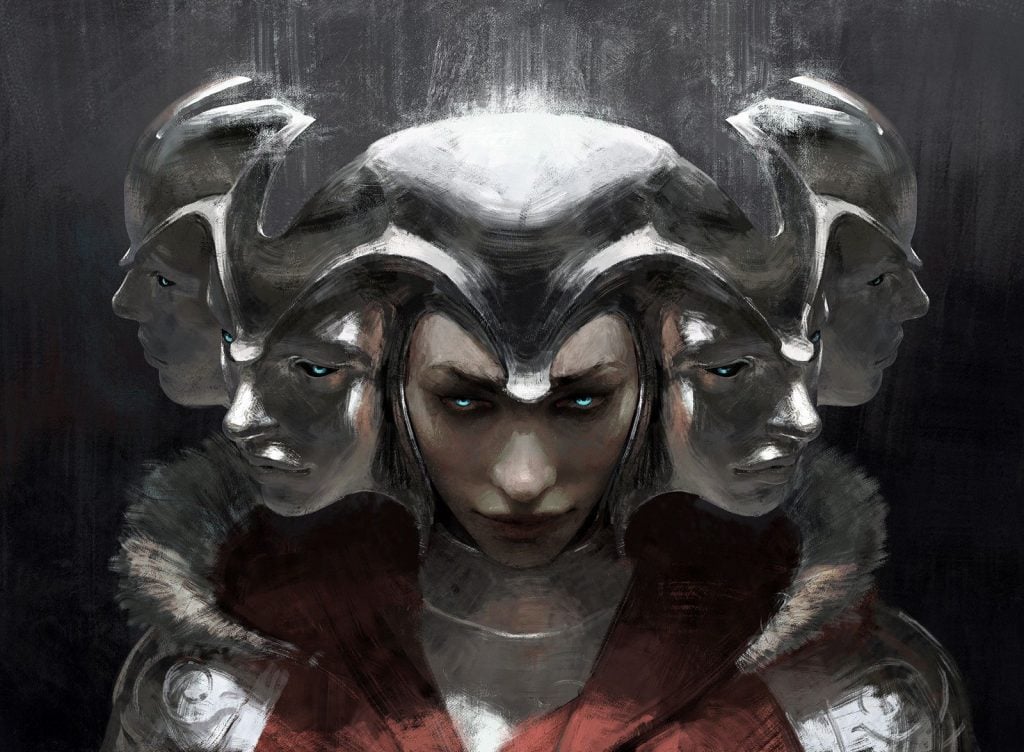
Helm of the Host | Illustration by Igor Kieryluk
Yes, the legend rule counts as dying. Mostly. If a permanent is sent to the graveyard from the battlefield for any reason, it counts as dying. However, if a card like Rest in Peace is in play, it won’t count as dying since the permanent never reaches the graveyard in the first place.
Permanents sent to the graveyard because of the legend rule also don’t count as being destroyed or sacrificed. It’s as if they died of old age, I guess. I don’t know. Magic is weird.
Is Legendary a Permanent Type?
Not at all. The five permanent types are creature, artifact, enchantment, land, and planeswalker. As previously mentioned, the keyword “legendary” is a supertype, which only acts as a modifier to an existing card type.
Can You Copy a Legendary Sorcery?
Absolutely. Since legendary sorceries aren’t permanents, they’re not subject to the legend rule. What makes legendary sorceries different from other sorceries is that you must control a legendary permanent in order to cast them. Otherwise, there’s no difference between a regular sorcery and a legendary one.
The Legend Carries On

Sharuum the Hegemon | Illustration by Izzy
Is the legendary rule a fun rule? A dumb rule? I wouldn’t go so far as to call it dumb, but let’s just say that it has led to some interesting card interactions in the past. Killing your opponent’s Jace, the Mind Sculptor by playing Jace Beleren?
Okay, maybe that was dumb. But the legend rule in its current form makes sense from a thematic and gameplay standpoint. It forces players to put more thought into how many copies of a card they want to run in their deck without drastically changing the dynamics of the game. It also puts interesting restrictions when choosing a commander for your EDH deck. Plus, “legendary creature” just sounds so much cooler than “creature,” doesn’t it?
Follow Draftsim for awesome articles and set updates: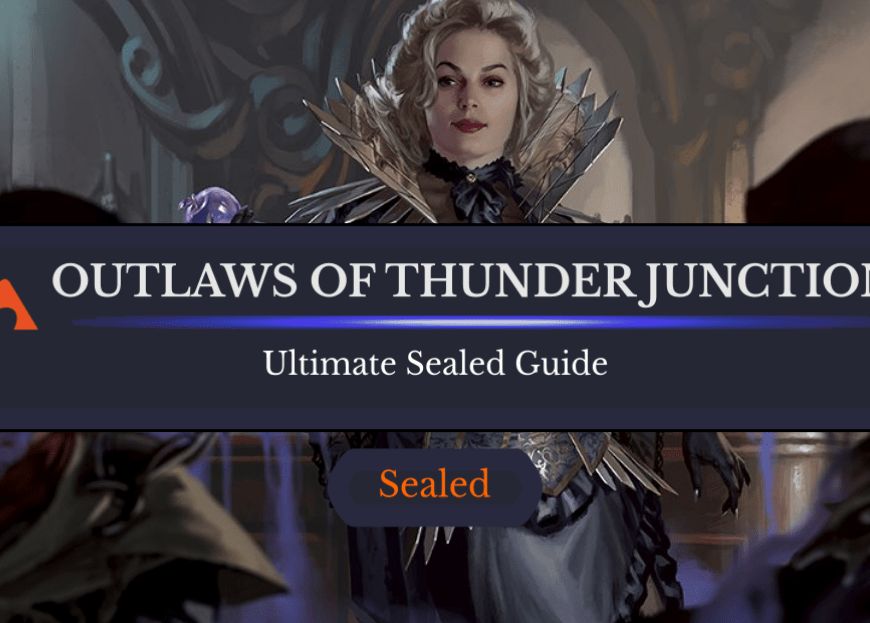

5 Comments
Wow! Thanks a lot!!!!!
I am new to this game, so forgive me if I missed it in the article. Based on the legendary rule as it plays now, how does it work for creatures with multiple different prints of itself on the same side of the field? It was addressed for how it used to work with Jace as a subtype in the old rule. So in the now rules, if you played Jace Baleren followed by Jace, the Mind Sculptor, does one still go to the graveyard or do they count as different creatures due to not having same exact name in the full card name?
They count as different planeswalkers. So you can keep both in play.
I have a deck that makes copies of cards, would the copies still be legendary? and if it adds something to the name would that make it not violate the rule? and do token copies count? or do they not violate the rule because they are token creatures?
Yes, if you make a copy of a legendary card then the copy is still legendary and would violate the rule (unless the copy spell says “it [the copy] isn’t legendary”, like with Spark Double).
Since the legendary rule applies to legendary cards with the same name, if you have an effect that changes the card name then you’d be able to have both copies (the original and the copy with a changed name) on the battlefield. So something like Unfinity’s name stickers would circumvent the legendary rule!
And yes, token copies count as well.
Add Comment